
To catch a squid, aim for the tail, and when you get a bite, reel it in quickly with steely determination. Don’t do what we did, which is get the jig tangled in the tentacles and then cringe and wince as we lifted the squid out of the tank, saying sorry to the squirming, spurting creature the entire time.
A man whisked the squid away and another man expertly and efficiently flayed and filleted it in front of us. That’s the life cycle of a squid at the Morning Market—from swimming to sashimi in under five minutes.
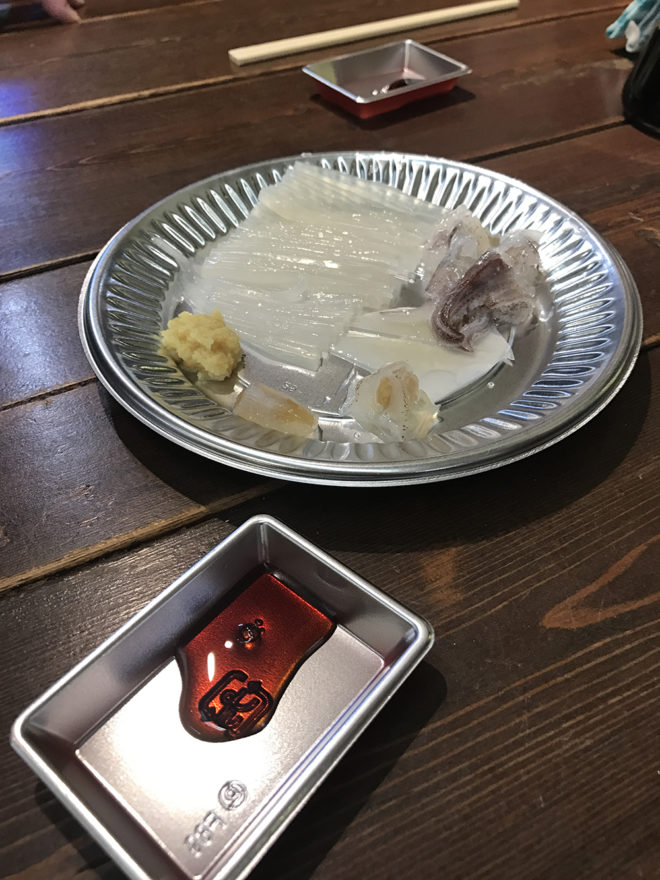
We popped pieces of translucent squid in our mouth, tentacles still moving, dancing with drops of soy sauce and bits of ginger. We’re sorry, squid. You were incredibly fresh and delicious, the freshest squid we have ever tasted.
But what else can you expect from a place otherwise known as Squid City?
This is Hakodate, Hokkaido’s third largest city, the southernmost tip of Japan’s northernmost island. One of the first Japan ports that opened to international trade in 1854, Hakodate is known for its epic views (so good they’ve garnered Michelin stars), abundance of fresh seafood and fascinating mix of Japanese and Western culture.
Squid ink ice cream
If eating raw squid isn’t your thing, there are other ways to enjoy Hakodate’s official fish. You can buy a squid hat or you can grab a cone of squid ink ice cream. (Spoiler alert: it tastes good.)
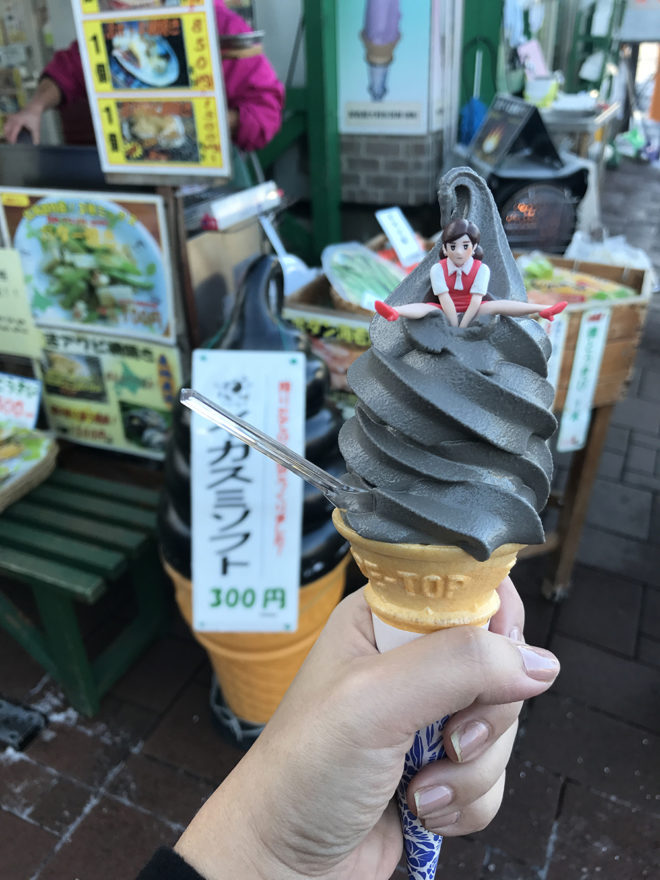
At Hakodate’s Morning Market (Wakamatsucho 9-19 Hakodate, Hokkaido 040-0063), which opens at 5 or 6 a.m. depending on the time of the year, there are enormous scallops, different kinds of crabs, fresh uni, tuna (Hakodate is Japan’s number one spot for tuna), salmon and more.
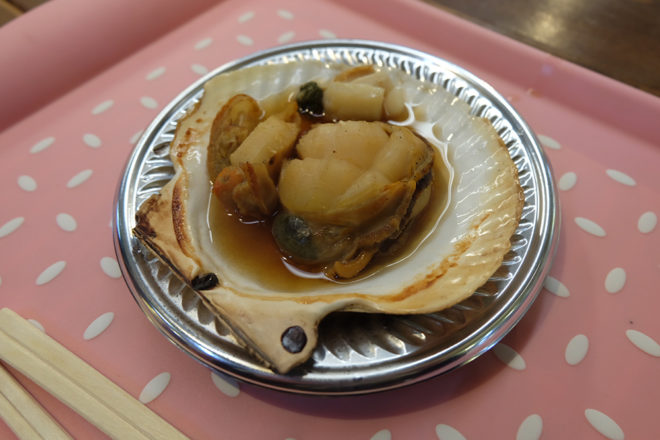
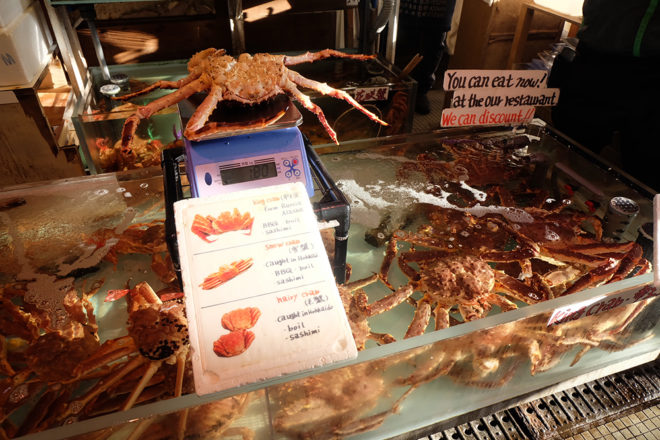
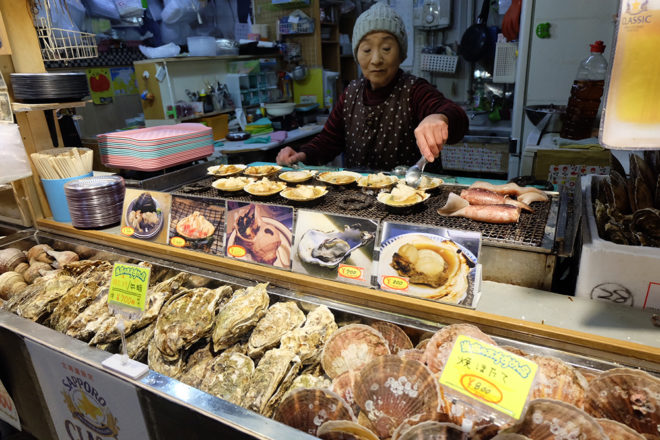

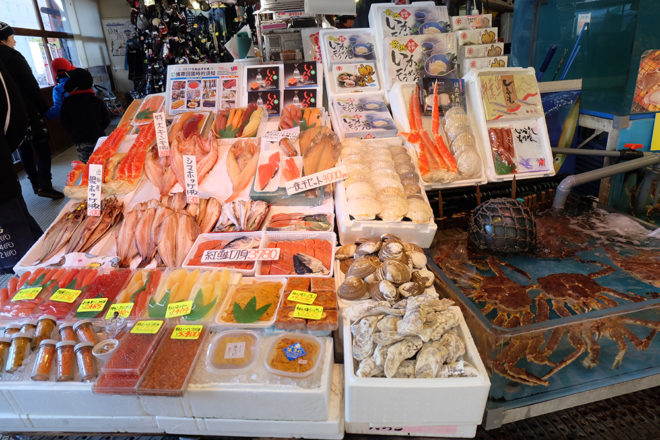
“But why doesn’t it smell?” we asked as we walked in, surprised that the fishy stench we had braced ourselves for did not come.
“Because,” our host Toshihiko Inoue of Combrains said, pausing before continuing with a smile, “It’s Japan.”
You can grab slices of Hokkaido melon at the market, too—it’s so sweet that after one bite, we exclaimed, “Oh my god, it tastes like candy!”
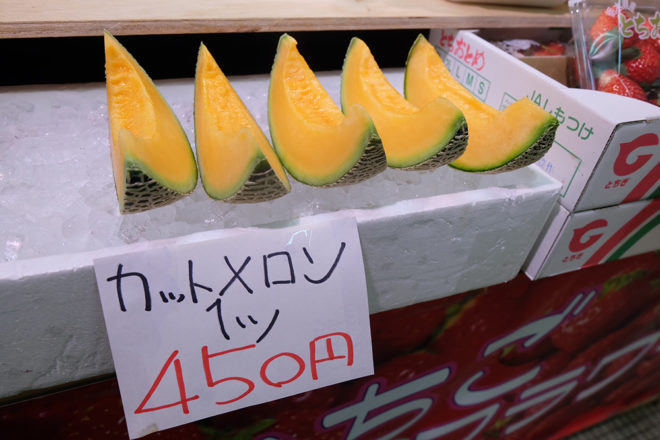
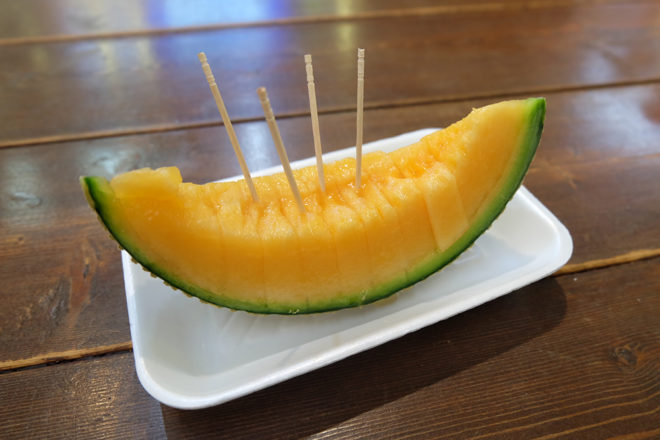
Shinkansen
We had traveled to Hakodate the day before with Universal Holidays Inc.’s Nancy Ayson and Adventure International Tours Inc.’s Margaret Yambao aboard the bullet train from Tokyo.
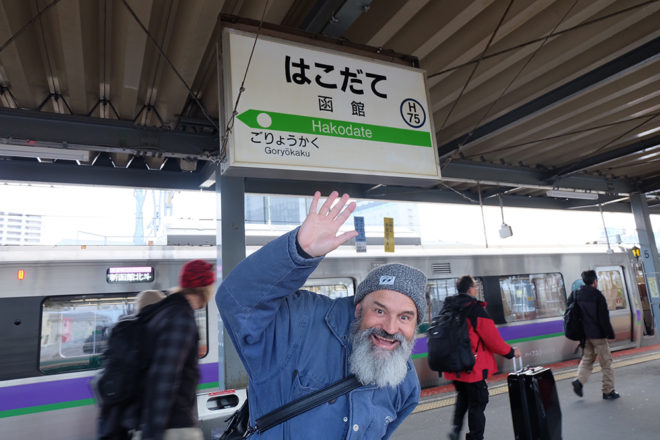
The Hokkaido Shinkansen, which began construction in 2005 and started operating last year, took us through the Seikan Tunnel (the world’s longest and deepest underwater tunnel) to Shin-Hakodate-Hokuto before we transferred to the JR Hakodate Liner to Hakodate. Because we love trains like Sheldon Cooper, we geeked out over the four-hour journey (and our makunouchi bento lunch).
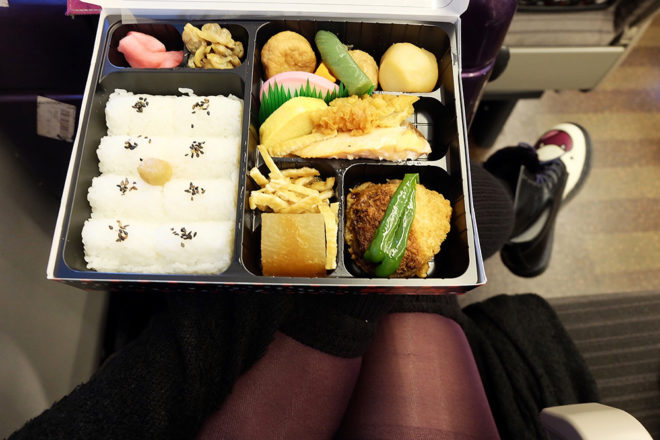
Hakodate welcomed us with a flurry of snow, blanketing everything white. It was winter wonderland.
And winter wonderland came complete with reindeer, a sleigh and Santa (multiple Santas, actually) at Christmas Fantasy (14-2 Suehiro-cho, Hakodate City, Hokkaido).
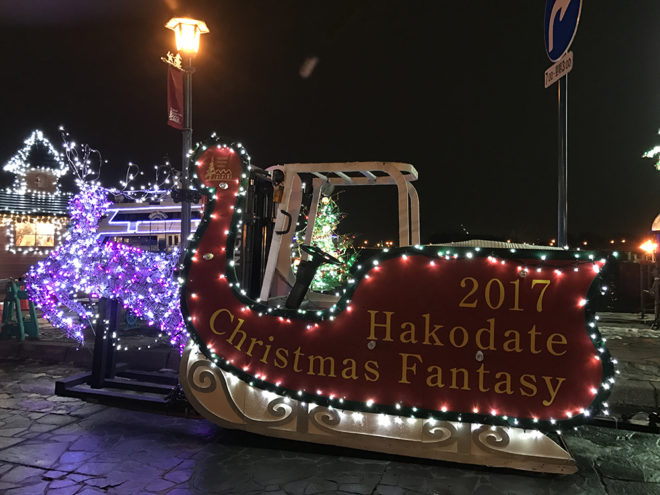
Each December since 1998, Hakodate’s famous Kanemori Red Brick Warehouse area is transformed into a yuletide paradise. The centerpiece? A giant fir tree decorated with 100,000 lights.
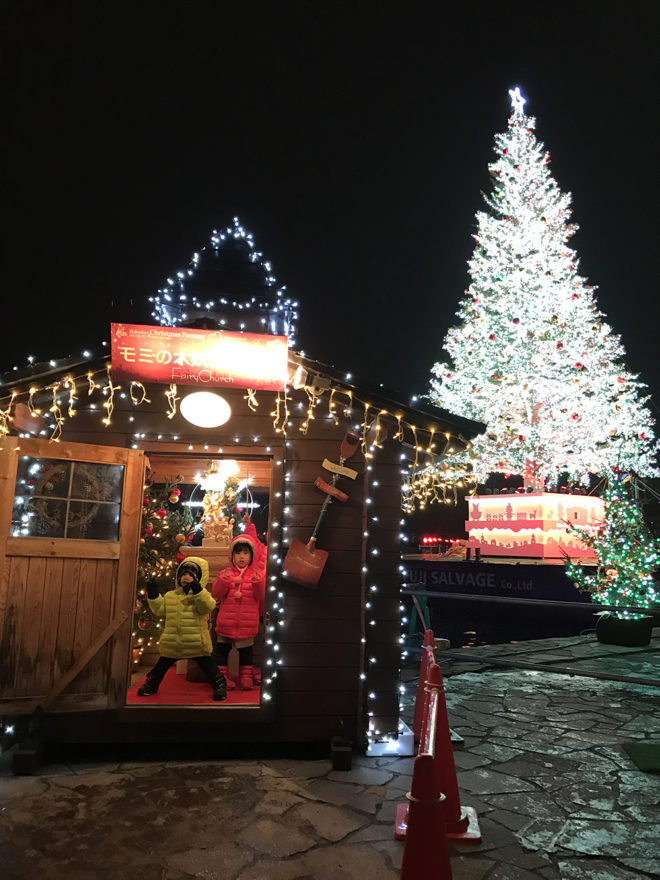
“The tree is a gift from Halifax, Canada,” said Yuki Ikeda, assistant leader at Hokkaido’s Ministry of Land, Infrastructure, Transport and Tourism’s International Tourism Division. Halifax is a sister city of Hakodate.
A lighting ceremony is held each night until Dec. 25. We stood with the rest of the large crowd, cheering as the tree glowed and fireworks lit up the sky.
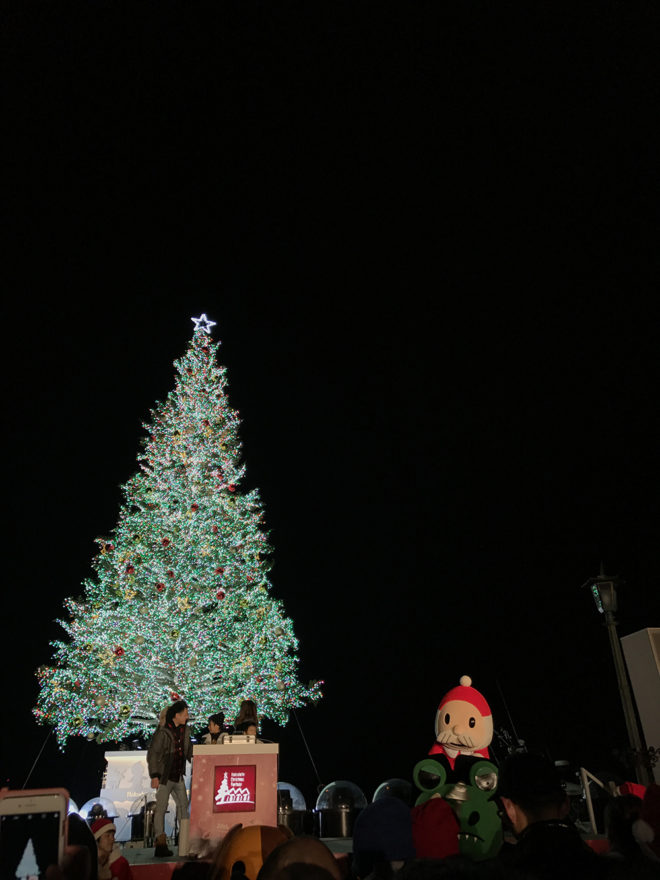
A Japanese family played a part in the ceremony and later, over a tonkatsu dinner at Tonetsu (22-2 Horaicho, Hakodate, Hokkaido 040-0043), Inoue translated for us what happened onstage. “The man was thanking his wife. He said it had been a tough year for them with her being in the hospital a lot but he was thankful for her and their family.”
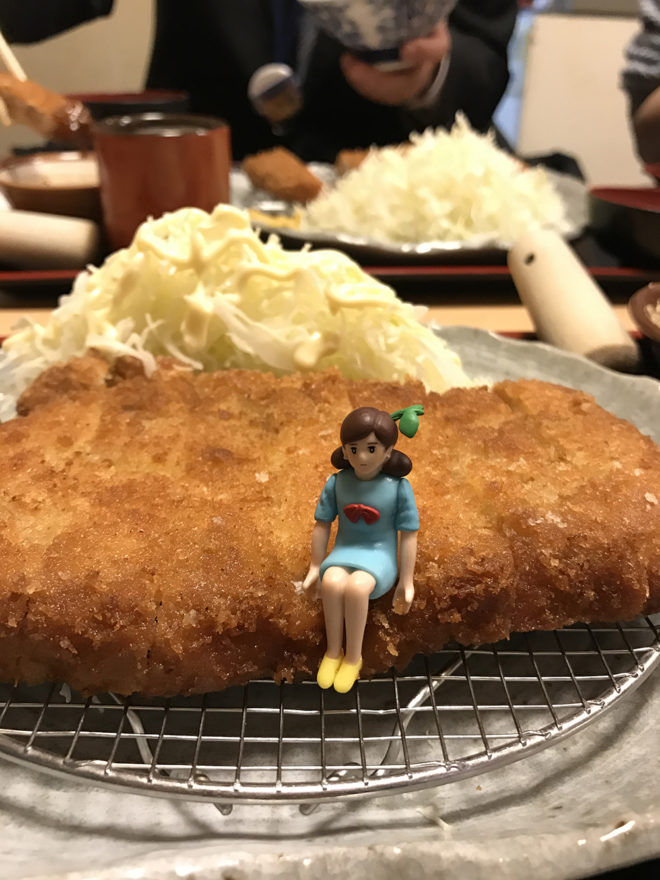
At Christmas Fantasy, there were stalls ready to ladle hot soup for those seeking warmth. But we had a different way of seeking refuge from the cold: by heading inside the warehouses where there is plenty of shopping to be enjoyed.
Winter isn’t the only season to go to Hakodate. There are numerous festivals throughout the year and there are endless adventures waiting to be discovered no matter what season.
Lucky Pierrot
And then there’s Lucky Pierrot (branches all over Hakodate), which knows no seasons.
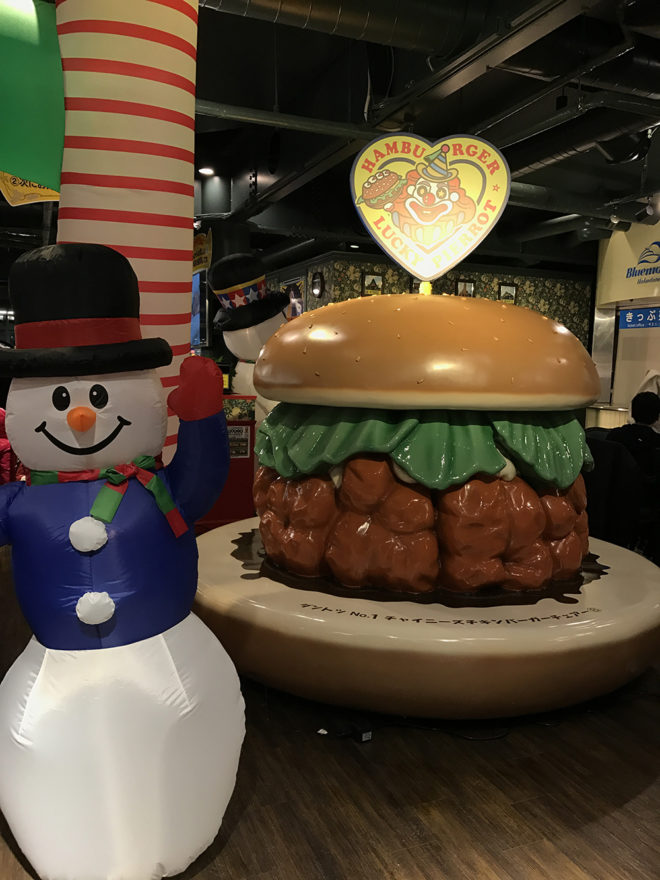
Founded 30 years ago, Lucky Pierrot is a gem that can only be found in Hakodate where it now has 19 stores. Each branch of this zany fastfood chain is devoted to different themes—angels, Audrey Hepburn, a merry-go-round forest and yes, The Last Supper. The one we went to was like a shrine to Elvis Presley.
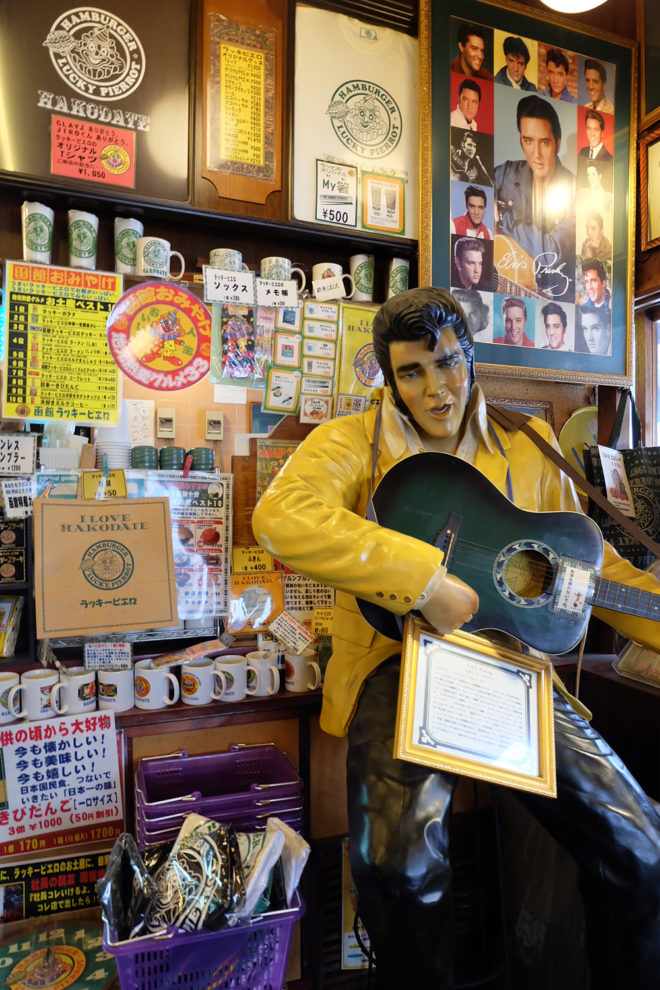
Beyond wackiness, Lucky Pierrot serves good food—its burgers have been voted the best in Japan.
The extensive menu almost made our heads spin—different kinds of burgers including squid, scallop and a foot-long one, pasta, curries, omurice (the best in Hokkaido, some say)—so we stuck to what our research told us to order: the famous Chinese Chicken Burger, Cheese Fries and Blueberry Shake.
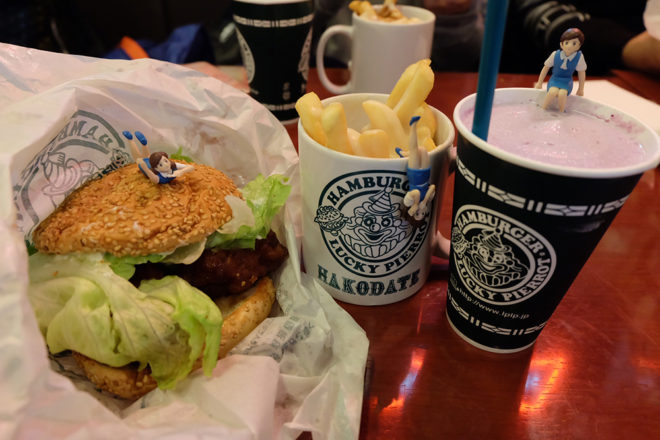
Lord, they were all so good. So good that we wanted to eat the same meal again that night. So good we’re not exaggerating when we say that we would totally return to Hakodate just to eat there. And next time we’re trying the Snow Burger.
At the homey Kyuchayatei (14-28 Suehiro-cho, Hakodate), we learned how to make green tea the proper way: by mixing matcha powder with water and making it froth “like a cappuccino” with the chasen, or traditional bamboo whisk. We were surprisingly good at it.
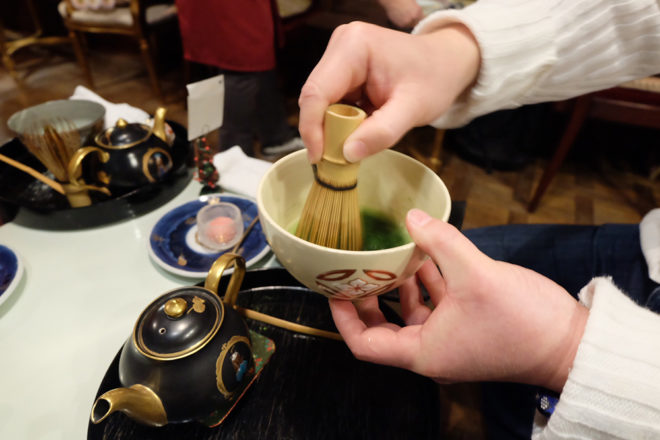
Shikabe Kanketsusen Park (18-1 Aza-Shikabe, Shikabe Town), home to a geyser that erupts every 10 minutes, was where we got to pretend that we were fishermen soaking our feet in an onsen bath after being out in the cold. It was bliss. Then we cooked eggs in steamers naturally heated by the hot spring.

“There are no farmers in this town, only fishermen,” we were told.
At the park’s Fisherwomen’s Food Hall, we enjoyed lunch made by a lady who introduced herself as “a fisherman’s wife.” Our bowl of rice came topped with Shikabe’s famous tarako or fish roe. It was rich and salty.
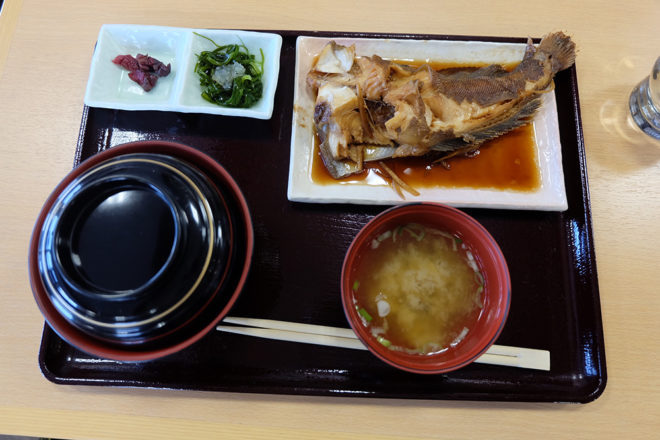
Different courses in cooking, fishing and more are held at the park regularly. When we visited, a group from Singapore was learning how to shell scallops and prepare uni.
Hot-tubbing monkeys
You can feed the hot-tubbing Japanese monkeys at Hakodate Tropical Botanical Garden (3 Chome-1-15 Yunokawacho, Hakodate, Hokkaido) and laugh as they clap and do flips to get your attention.
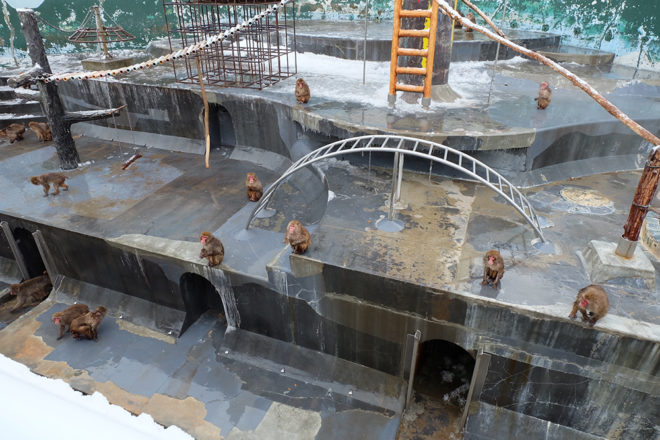
The museum Hokkaido KonbuKan (32-1 Togeshita, Nanae, Kameda District, Hokkaido) gives visitors the chance to see, taste, feel and learn about kelp, an essential ingredient in Japanese cuisine. Ninety percent of the kelp harvested from the waters of Japan comes from Hokkaido. At the community market, we tasted different kelp products—from seasoning and chips to jelly, tea and yes, soft cream. Hakodate is where we realized we will eat anything if you handed it to us in ice cream form.
We soon realized that in Hakodate, visitors go not just to see but do. To only observe would be a shame because there is so much to experience. We were welcomed at each stop with warmth by people eager to share their culture with us. The locals take you in and let you try a slice of their life. It was such a joyful immersive experience. That’s exactly what happened at Paard Musée (294-1 Higashionuma, Nanae, Kameda District, Hokkaido).
We showed up at the beautiful snow-covered ranch ready to ride the horses. But we were wrong to think that all we had to do was change into riding boots and hop on.
We stood around the stable as Noriko and Yuri introduced us to the horses.
Then Noriko said something in Japanese that had everyone laughing.
“What?” Garet and I looked at each other in confusion.
“Why are you laughing?” we asked the others.
Then someone spoke. “Your first job: clean up the poop.”
For more info about touring Hakodate, contact Universal Holidays Inc. at [email protected] or call 8593827, and Adventure International Tours Inc. at [email protected], call 8849491.













































